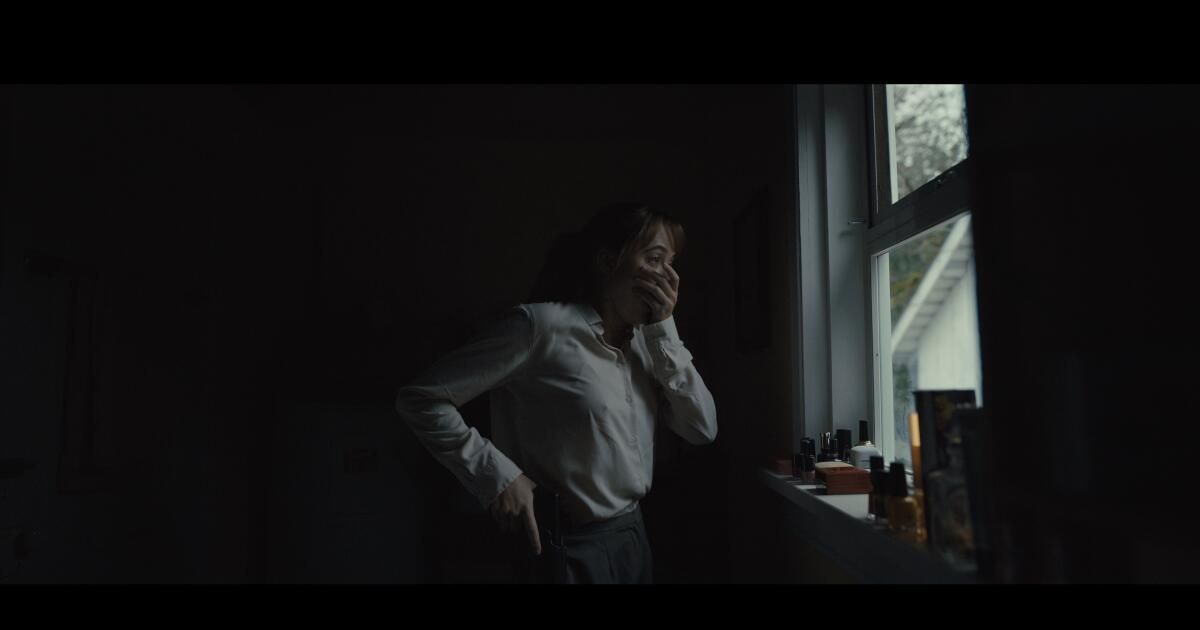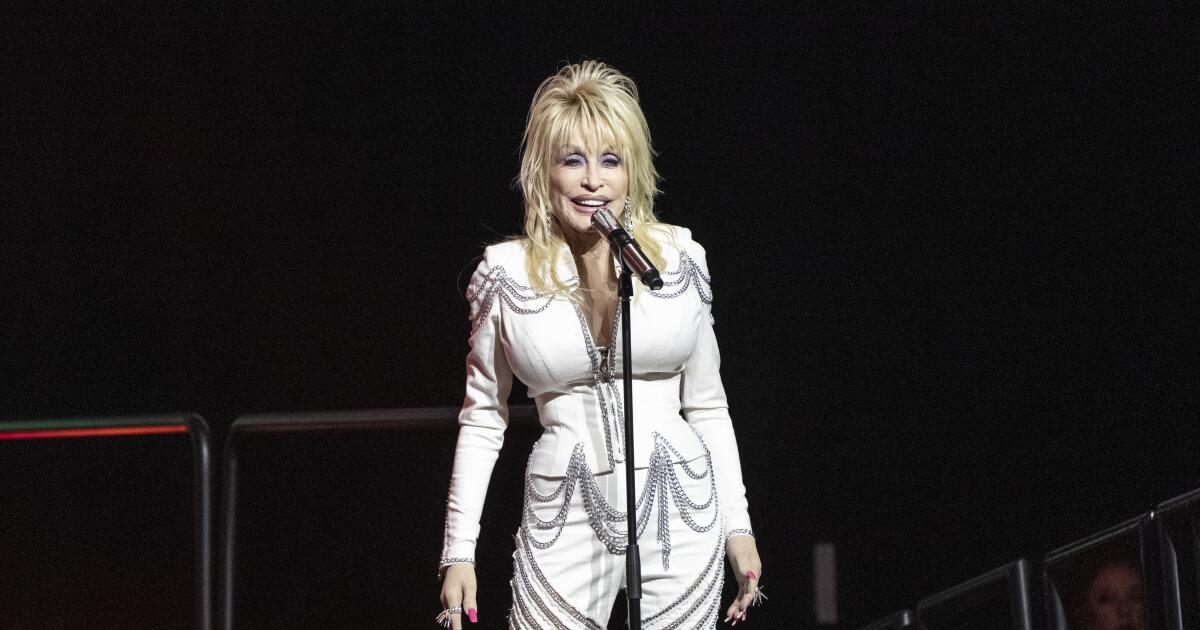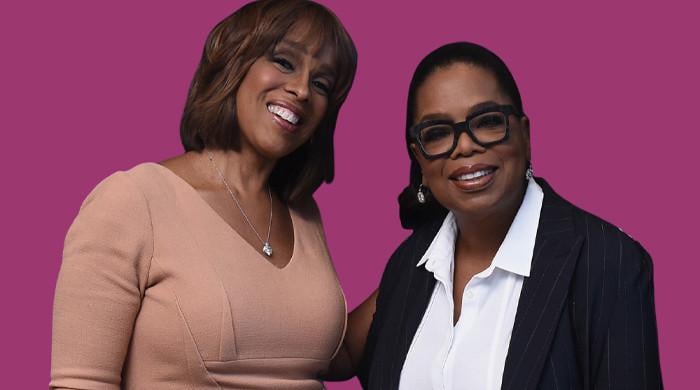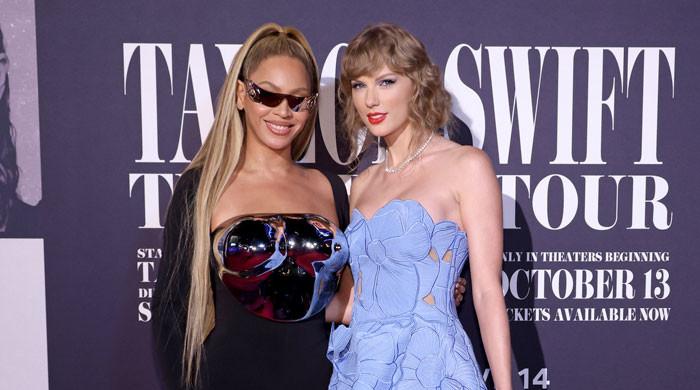The biggest plot twists come at the end of a long trail of clues, dramatically revealing an answer that was hidden in plain sight all along.
The marketing campaign for indie distributor Neon’s surprise horror hit “Longlegs” took that concept a step further.
Breadcrumbs — in the form of cryptic trailers, chilling phone messages, coded newspaper ads, fake blog posts and other tricks — littered the promotional trail for “Longlegs.” And audiences took the bait, giving New York’s Neon its biggest opening ever, as well as the best launch for an independent horror film in a decade.
The R-rated title, which cost less than $10 million total to produce and promote, according to the studio, debuted in second place this weekend with $22.6 million in domestic ticket sales.
Its performance “seems to come out of nowhere,” said Paul Dergarabedian, senior media analyst at Comscore, especially when combined with safer, flashier promotions for big studio films like “Despicable Me 4” and “Twisters.”
“If you had talked to people a month ago and said, 'Is this movie 'Longlegs' on your list of movies to be one of those sleeper hits?' they would have said, 'What is 'Longlegs'?'” Dergarabedian joked.
“It’s not easy to get the public on board with this idea,” he added. “The way to attract that public is to do something that goes beyond the usual… and they have certainly done that.”
Directed by Osgood Perkins (son of the late horror icon Anthony Perkins), “Longlegs” stars veteran scream queen Maika Monroe as an FBI agent investigating a series of gruesome homicides. Nicolas Cage plays the boogeyman of the film’s title, but you wouldn’t necessarily know it from the marketing materials, which deliberately obscure the actor’s face.
He barely appears in the main trailer, which reveals little about the plot (the studio scrapped its original plan for a more conventional trailer after audiences responded enthusiastically to a cryptic initial teaser).
“It heightens the intrigue,” said Monica Koyama, an entertainment marketing expert and professor of communications management at USC.
“I mean, it’s definitely scary in the movie. But… sometimes what’s in your head is scarier than what’s on the screen.”
Maika Monroe and Nicolas Cage in the promotional art for Neon’s “Longlegs.” The studio strategically obscured Cage’s face in the marketing materials.
(Neon)
In a further effort to sell audiences on the fear factor, Neon released a recording of Monroe's heartbeat going from 76 bpm to 170 while filming her first scene with Cage as Longlegs. The studio pulled the audio from a microphone taped to Monroe's chest after a conversation with Perkins, who deliberately separated the actors before filming that sequence and said Monroe's heart was racing during the encounter.
“It’s very simple,” Koyama said. “They gave us data… ‘We say this is scary. Here is the actress’s real, raw data.’”
It's all part of Neon's strategy to put viewers in the protagonist's shoes.
The success of “Longlegs” is “a testament to the incredibly creative and exciting film [that director] “Osgood Perkins and his fantastic group of collaborators created,” Elissa Federoff, Neon’s president of distribution, said in a statement to The Times.
“We couldn’t be happier with the results and look forward to continuing our relationship with Osgood and his team of producers, who have allowed us the freedom to create a campaign we believe in.”
Koyama suspects that Neon intentionally blurred the lines between the horror and crime genres to appeal to a broader audience. He also attributed “Longlegs’” success to many tried-and-true publicity strategies (such as citing rave reviews calling it one of the scariest films of recent years).
“This is going to re-energize creativity in marketing,” Koyama said. “I hope studios will be more enthusiastic about taking risks.”












